Selecting the right industrial hydraulic slewing drive is a critical decision that directly impacts the performance, reliability, and lifespan of your heavy machinery. Whether you operate cranes, excavators, wind turbines, or other large-scale equipment, the slewing drive enables smooth rotational movement essential for your operations. To help you make an informed decision.
1. Analyze Your Machinery’s Specific Requirements in Detail
Before you start shopping for a slewing drive, it’s essential to thoroughly understand your machinery’s operational needs. This includes identifying:
Load Capacity: Accurately calculate the maximum static and dynamic loads the slewing drive will need to support during operation. Overestimating or underestimating the load can lead to premature failure or inefficient operation.
Rotation Speed: Different applications require varying slewing speeds. Some machines demand slow, precise rotation, while others require faster movement. Knowing your machinery’s speed requirements will help you pick a drive with the right gear ratio and motor compatibility.
Environmental Conditions: Machinery operating in harsh conditions—such as extreme temperatures, wet or dusty environments, or corrosive atmospheres—requires slewing drives with enhanced protection features to prevent damage and ensure durability.
Duty Cycle and Usage Frequency: Understand how often and for how long the slewing drive will be in use. A drive used continuously or under heavy load requires higher durability and maintenance planning compared to occasional or light use.
2. Focus on Essential Technical Specifications
Choosing the correct slewing drive means paying close attention to these critical specifications:
a. Torque and Load Handling Capacity
The slewing drive must reliably handle both torque and axial/radial loads. Check for:
Rated Torque: The continuous torque the drive can handle without overheating or damage.
Peak Torque Capacity: The maximum torque during short bursts or overload conditions.
Axial, Radial, and Moment Loads: Ensure the drive can withstand the different directional forces your machinery will apply.
Selecting a drive with insufficient torque or load ratings will lead to mechanical failure, downtime, and costly repairs.
b. Size, Weight, and Integration Compatibility
The slewing drive should fit seamlessly into your machine’s design without causing imbalance or excessive weight. Compact and lightweight drives are preferable for mobile equipment to reduce overall machine weight and improve fuel efficiency or battery life.
c. Gear Type and Manufacturing Quality
The gear mechanism affects the efficiency and lifespan of the slewing drive. Common gear types include:
Worm Gears: Provide high reduction ratios and smooth motion but generally lower mechanical efficiency.
Planetary Gears: Offer high torque capacity, efficiency, and better load distribution.
Harmonic Drives: Known for precision and compactness, ideal for specialized applications.
Choose drives made from high-grade materials with precision engineering to reduce wear and maintenance frequency.
d. Sealing and Environmental Protection Ratings
To ensure long-term reliability, especially in outdoor or harsh environments, pay attention to:
IP (Ingress Protection) Ratings: IP65, IP67, or higher indicate strong resistance to dust and water ingress.
Corrosion-Resistant Coatings: Important for drives exposed to moisture, saltwater, or chemicals.
Sealing Design: Prevents contamination from dirt, sand, or debris, reducing risk of internal damage.
3. Verify Compatibility with Your Hydraulic System
The slewing drive must match your existing hydraulic setup to function optimally:
Operating Pressure Range: The drive’s rated pressure must align with your hydraulic system to prevent underperformance or damage.
Hydraulic Fluid Compatibility: Ensure compatibility with your fluid type and operating temperature ranges.
Connection Types and Sizes: Standardized connections simplify installation and maintenance.
Flow Rate Requirements: Adequate flow rate ensures smooth and responsive drive operation.
4. Prioritize Maintenance Accessibility and Longevity
A high-quality slewing drive should be designed for easy inspection and servicing. Consider:
Lubrication Points: Drives with accessible lubrication fittings simplify maintenance.
Availability of Spare Parts: Choose brands that offer wide availability of replacement gears, seals, and other components.
Service Intervals and Support: Regular maintenance prolongs service life and reduces unexpected breakdowns.
Maintenance-friendly designs reduce downtime and operating costs over the equipment’s lifespan.
5. Select a Reputable Manufacturer with Strong After-Sales Support
Your choice of supplier greatly influences your satisfaction with the slewing drive. Look for:
Industry Experience: Manufacturers with proven expertise deliver more reliable and innovative products.
Technical Support and Consultation: Responsive support helps resolve installation or operational issues quickly.
Warranty and Service Contracts: Ensure you have coverage for defects or failures.
Customer Reviews and References: Real-world feedback is invaluable for assessing product reliability.
6. Balance Cost with Quality and Performance
While budget considerations are always important, avoid compromising on quality to save upfront costs. Investing in a durable and efficient slewing drive reduces long-term expenses caused by repairs, downtime, and replacements. Assess total cost of ownership rather than just the purchase price.

 ENG
ENG
 English
English русский
русский Español
Español
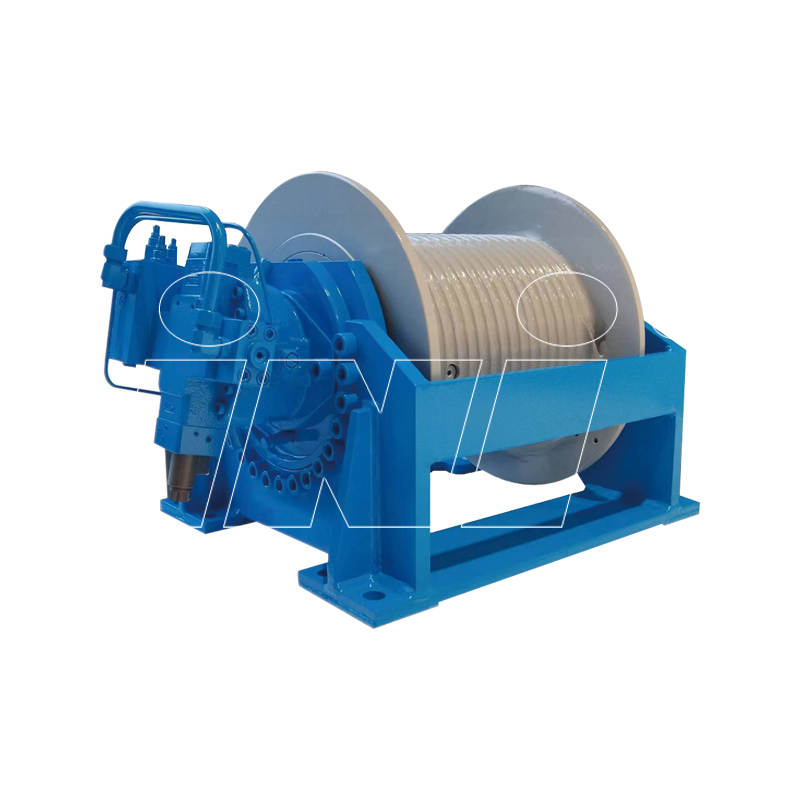
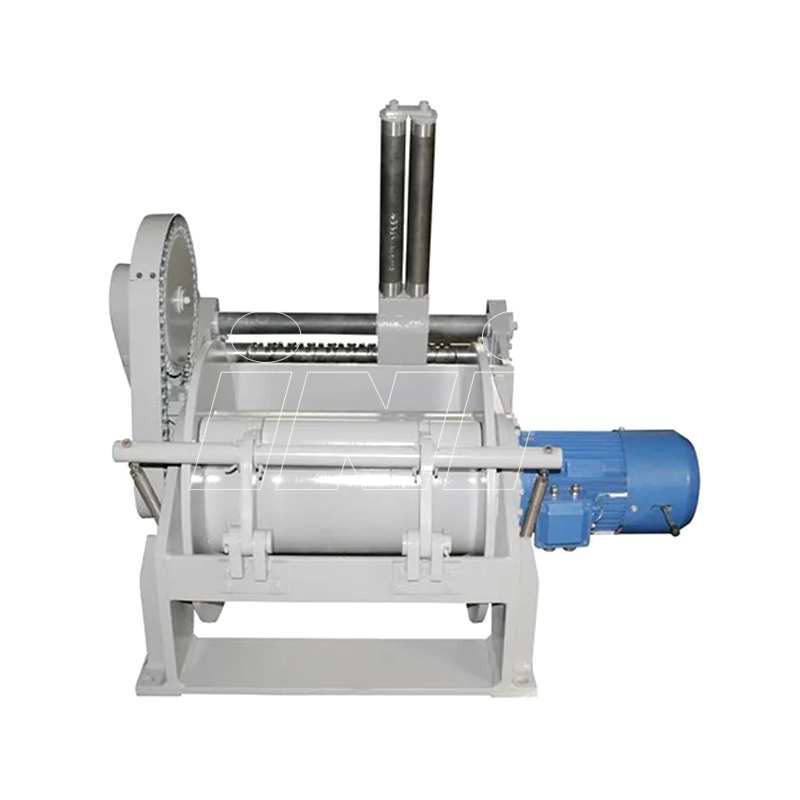


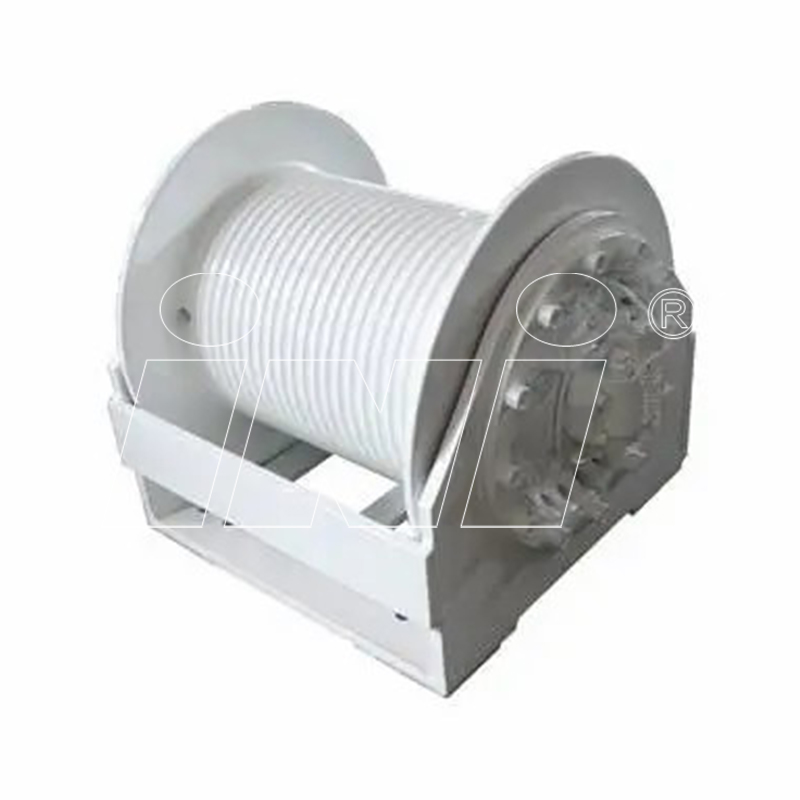
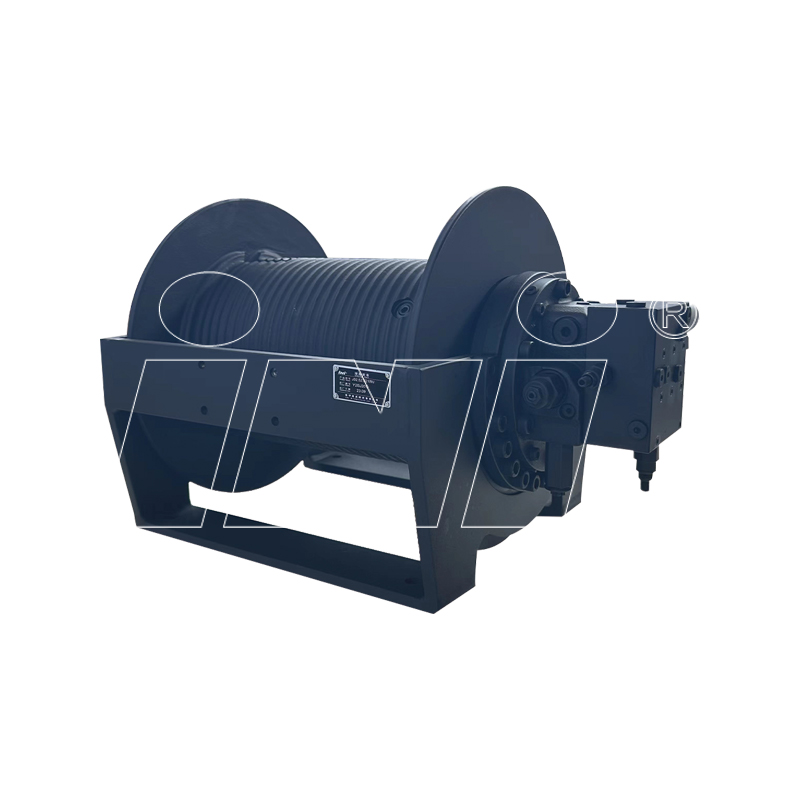
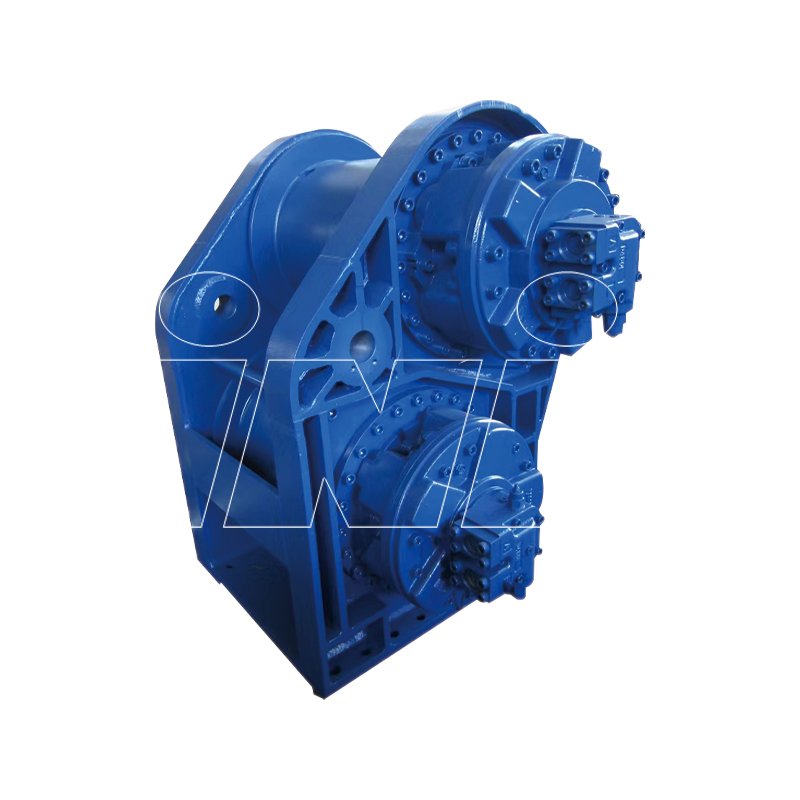

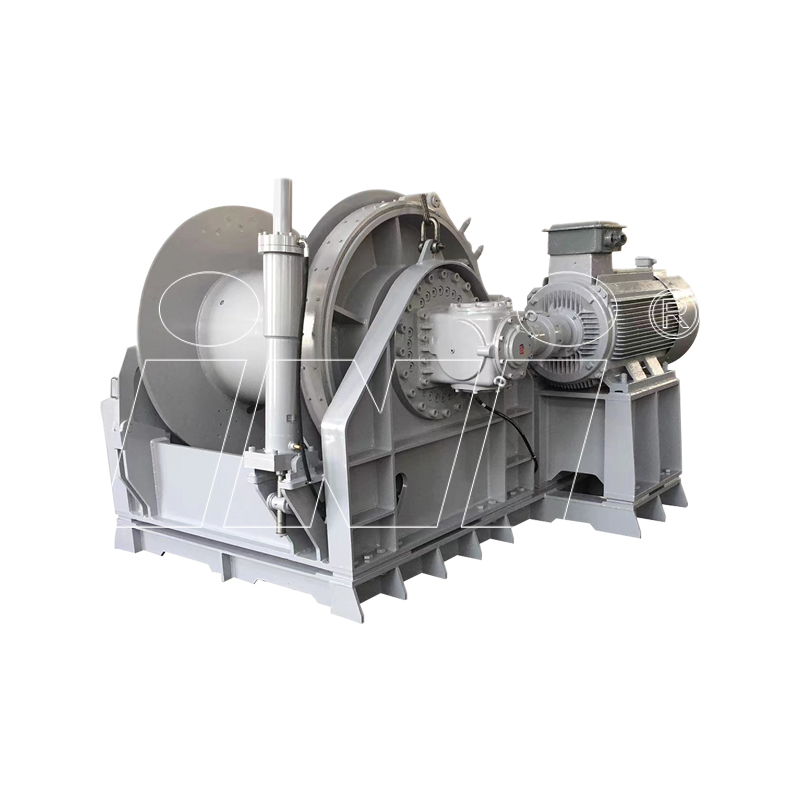

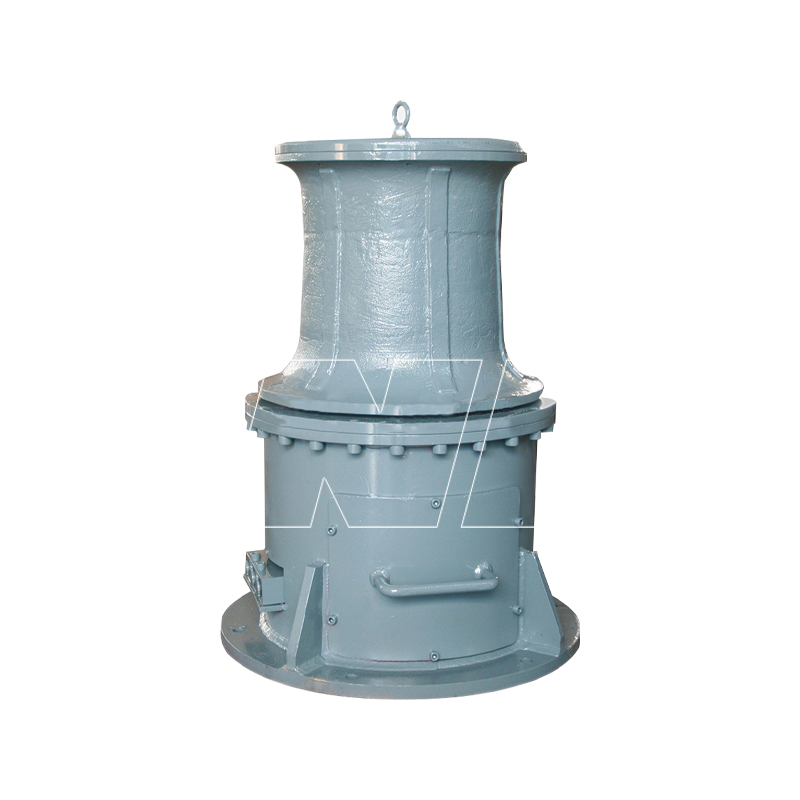
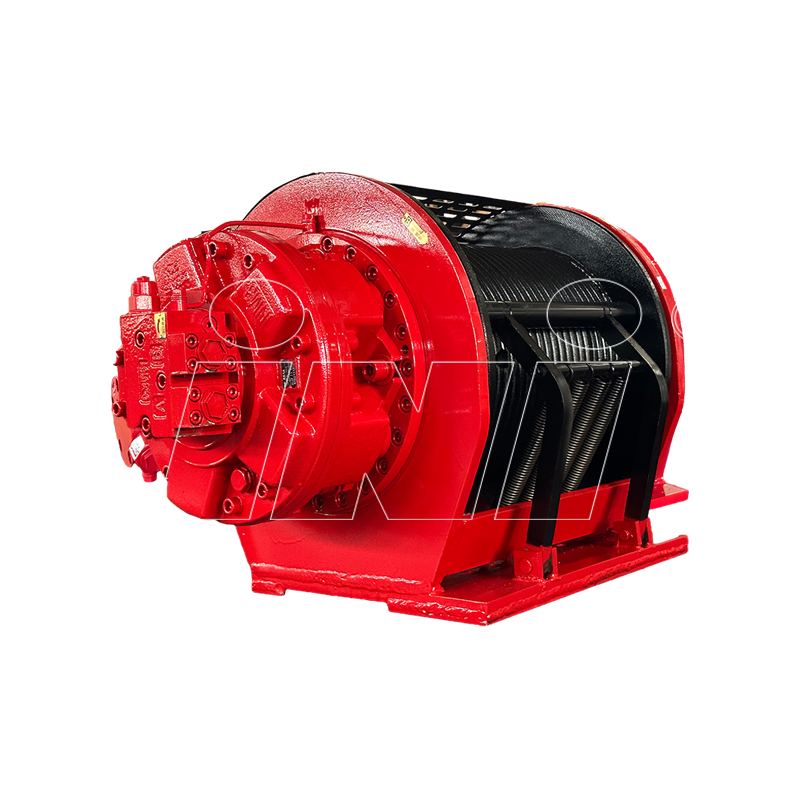
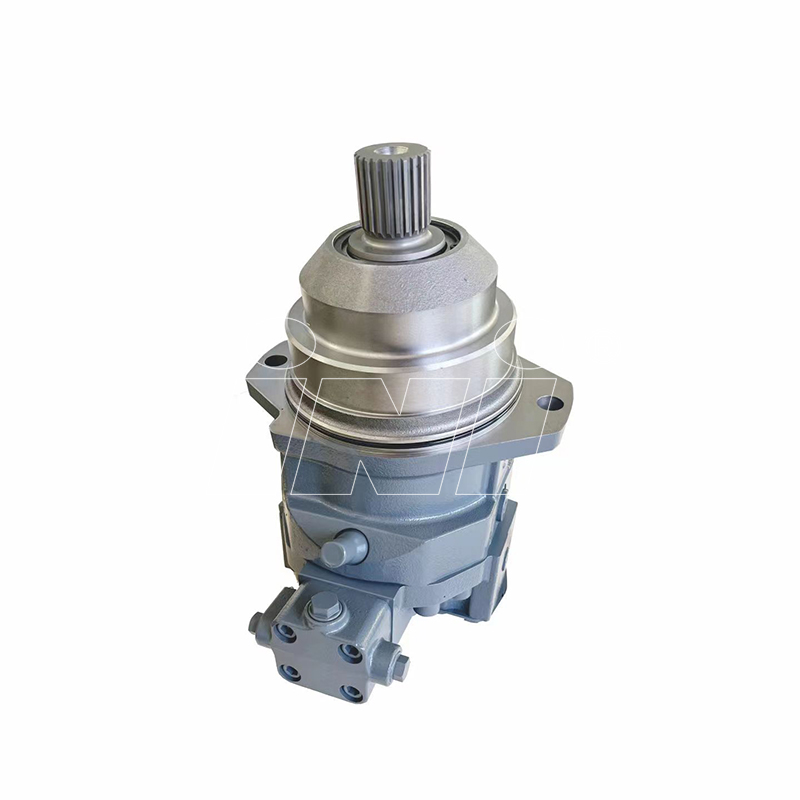
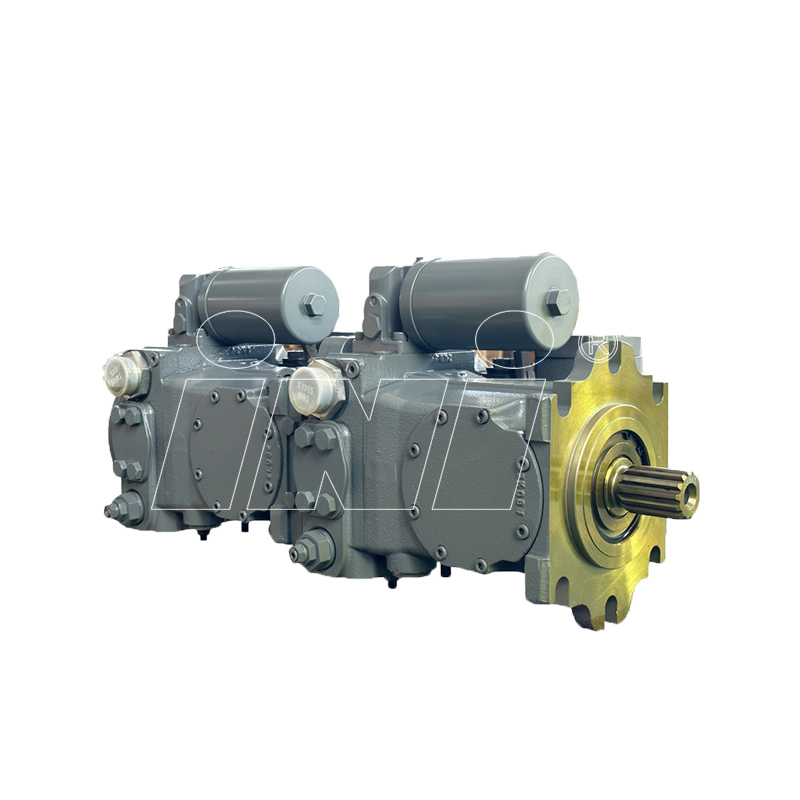
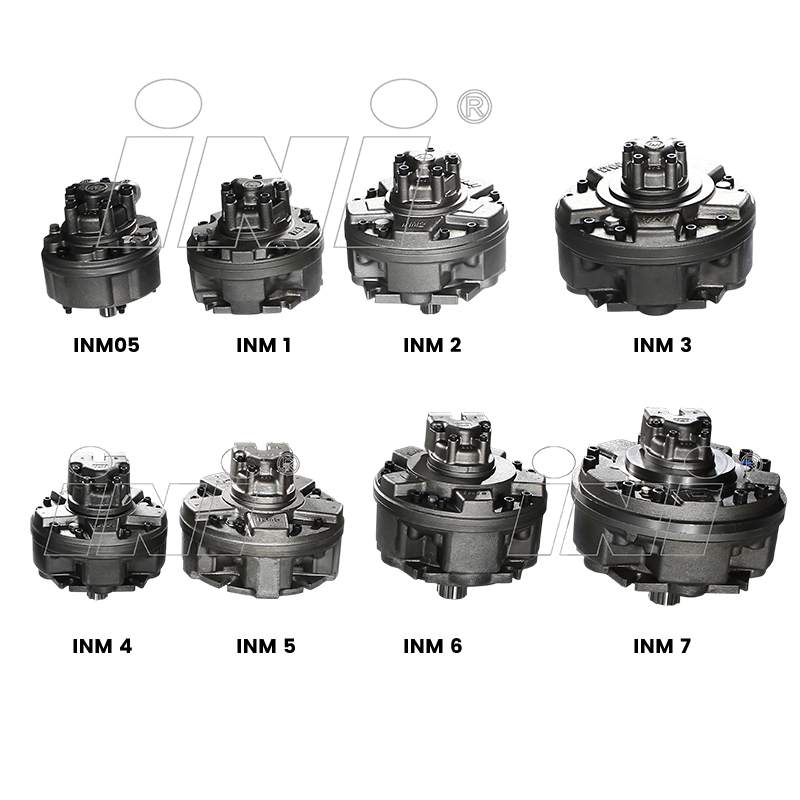

 English
English русский
русский Español
Español
 TOP
TOP